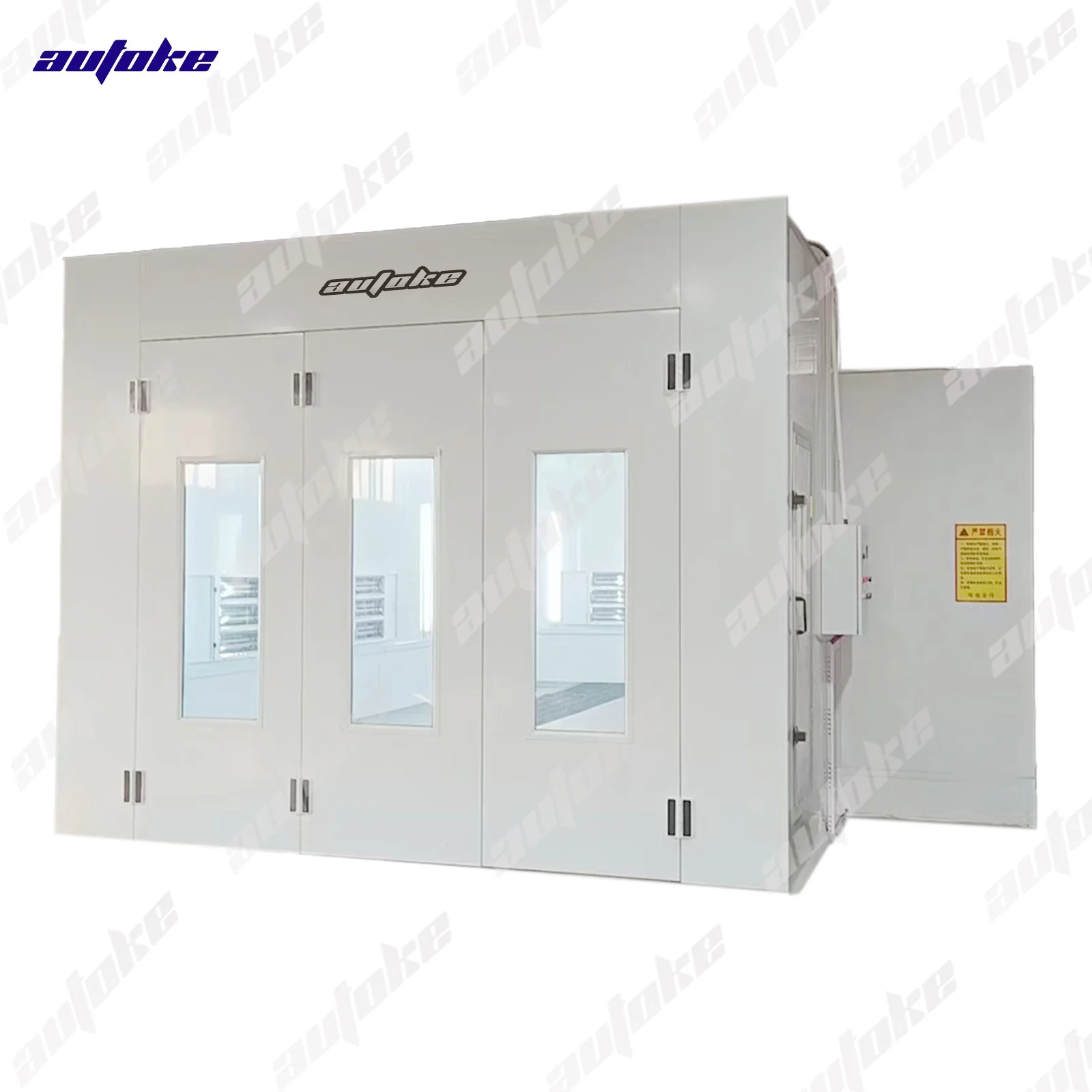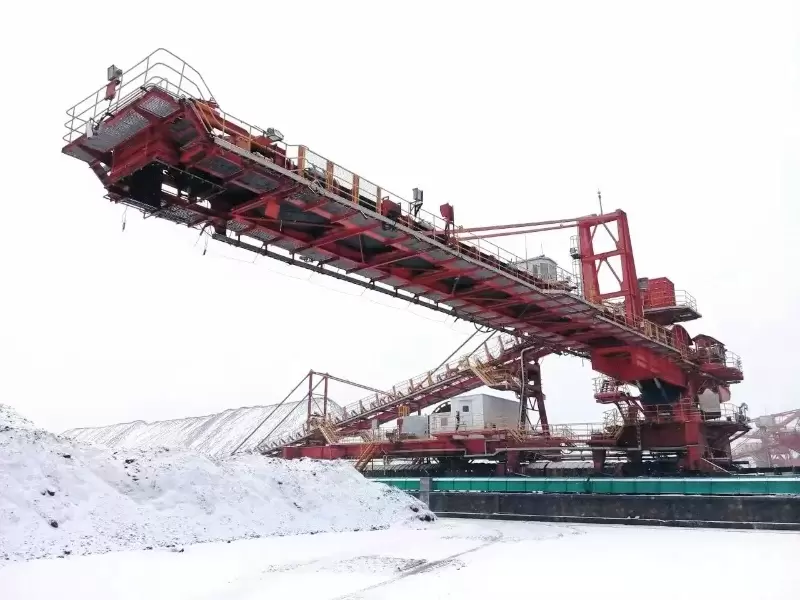As climate change continues to pose significant challenges worldwide, the urgency to construct climate-proof houses has never been more critical. A climate-proof house is designed to withstand extreme weather events, rising temperatures, and other environmental stresses, ensuring safety, comfort, and sustainability for its occupants. This article delves into the essential strategies and considerations for building a climate-proof house, offering a multi-layered approach that encompasses design, materials, and technology.
Understanding Climate Risks
Before embarking on the journey of building a climate-proof house, it is vital to understand the specific climate risks associated with your geographical location. These risks may include:
- Flooding: Areas prone to heavy rainfall or near bodies of water may face significant flooding risks.
- Heatwaves: Regions experiencing rising temperatures require homes that can maintain comfortable indoor climates.
- Hurricanes and Storms: Coastal areas must prepare for high winds and storm surges.
- Wildfires: Homes in dry, forested areas need to be designed to resist fire.
Conducting a thorough risk assessment will inform your design choices and material selections, ensuring that your home is tailored to withstand the specific challenges of your environment.
Strategic Site Selection
The first step in building a climate-proof house is selecting an appropriate site. Consider the following factors:
- Elevation: Choose a location that is elevated above potential flood levels. If building in a flood-prone area, consider elevating the home on piers or stilts.
- Orientation: Position the house to take advantage of natural light and prevailing winds. This can enhance energy efficiency and reduce reliance on artificial heating and cooling.
- Vegetation: Preserve existing trees and vegetation, which can act as natural windbreaks and provide shade, reducing heat gain.
Sustainable Design Principles
Incorporating sustainable design principles is crucial for creating a climate-proof house. Here are some key strategies:
- Passive Solar Design: Utilize large windows, thermal mass, and overhangs to maximize natural light and heat during winter while minimizing heat gain in summer. This reduces energy consumption and enhances comfort.
- Natural Ventilation: Design the house to promote airflow, reducing the need for mechanical cooling systems. Cross-ventilation can be achieved through strategically placed windows and vents.
- Insulation and Airtightness: Invest in high-quality insulation materials to minimize heat loss in winter and heat gain in summer. An airtight building envelope prevents drafts and enhances energy efficiency.
Choosing Resilient Materials
The selection of materials is paramount in constructing a climate-proof house. Consider the following:
- Flood-Resistant Materials: Use materials that can withstand moisture, such as concrete, brick, or treated wood. Avoid materials that are prone to rot or mold.
- Fire-Resistant Materials: In wildfire-prone areas, opt for non-combustible materials like stucco, metal, or fiber-cement siding. Install tempered glass windows and use fire-resistant roofing materials.
- Durable Finishes: Choose finishes that can withstand harsh weather conditions, such as UV-resistant paints and coatings.
Advanced Technology Integration
Incorporating advanced technologies can significantly enhance the resilience of your climate-proof house:
- Smart Home Systems: Implement smart thermostats, lighting, and security systems that can adapt to changing weather conditions and improve energy efficiency.
- Renewable Energy Sources: Consider installing solar panels, wind turbines, or geothermal heating systems to reduce reliance on fossil fuels and enhance energy independence.
- Rainwater Harvesting: Integrate systems to collect and store rainwater for irrigation and non-potable uses, reducing the demand on local water supplies.
Community and Regulatory Considerations
Building a climate-proof house also involves engaging with the community and adhering to local regulations:
- Zoning and Building Codes: Familiarize yourself with local zoning laws and building codes that may dictate specific requirements for climate resilience.
- Community Engagement: Collaborate with local organizations and stakeholders to promote sustainable practices and share knowledge about climate resilience.
Conclusion
Building a climate-proof house is not just a trend; it is a necessity in the face of escalating climate challenges. By understanding climate risks, strategically selecting sites, employing sustainable design principles, choosing resilient materials, integrating advanced technologies, and engaging with the community, homeowners can create safe, comfortable, and sustainable living environments. As we move forward, the importance of climate resilience in architecture will only continue to grow, making it imperative for builders and homeowners alike to prioritize these strategies in their construction endeavors.






